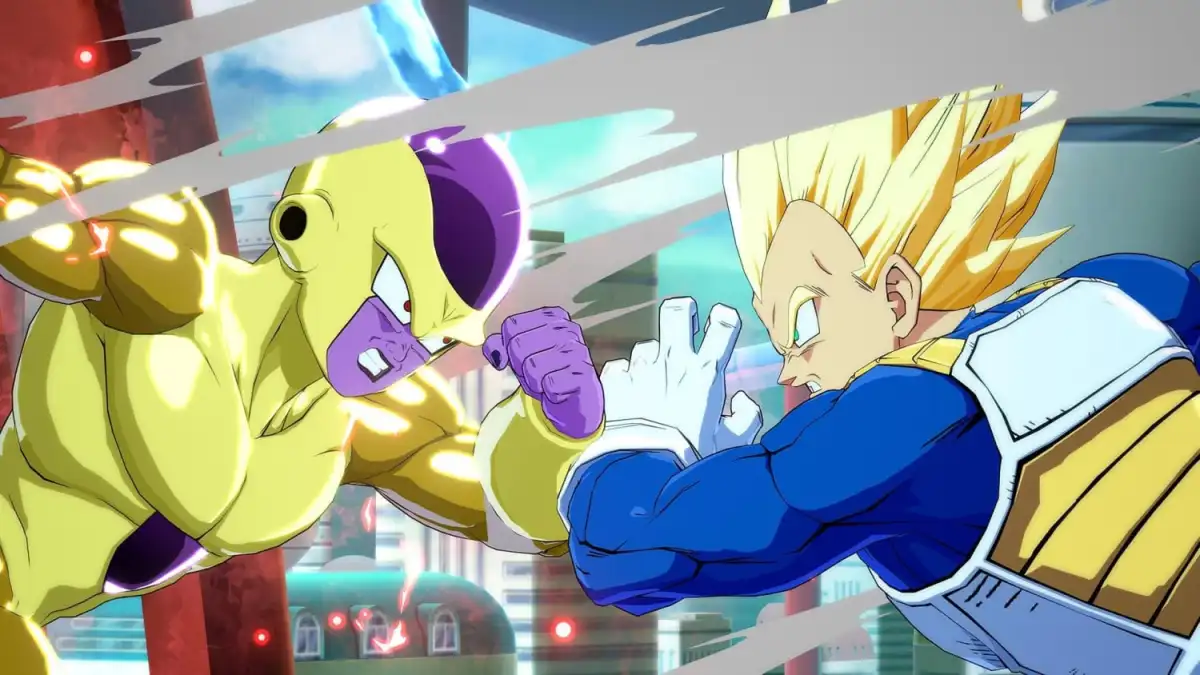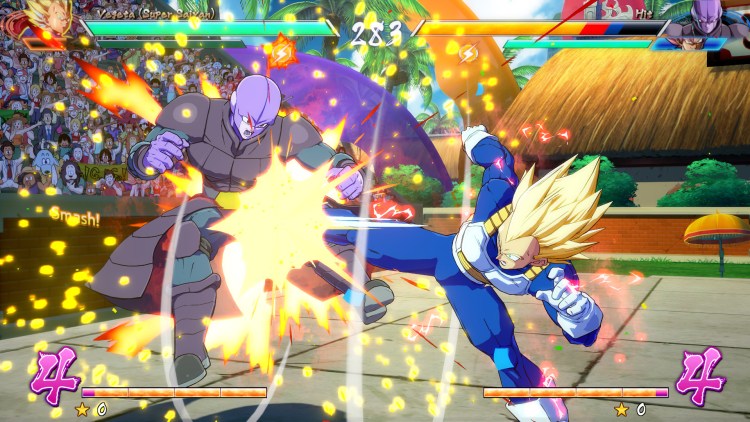Today was a very interesting day for Dragon Ball FighterZ. On the Dragon Ball FighterZ Show, we got out first look at the next DLC character for Season 3: Master Roshi. We also got updates on potential netcode fixes (there won’t be any) and balance patches (there will be one of those). But the main focus of the show was on what we came to know as the Dragon Ball FighterZ National Championship.
Because of the pandemic, all offline events have been cancelled, and this includes the Dragon Ball FighterZ World Tour. Most big tours have moved their events online, but Dragon Ball FighterZ had been quiet for quite some time while other tours like the Capcom Pro Tour have already begun their online events. Well, we now know that is because Bandai Namco had been planning this National Championship event.
Right after producer Tomoko Hiroki let us all know that no netcode fixes or changes would be implemented, we got our first news about the championship. The event would be landlocked and would consist of 40 pre-selected players from 5 regions (4 countries). The reason given was to attempt to circumvent any issues brought up by lag. This left a bad taste in most players’ mouths, as it came directly after saying that nothing was going to be done to the netcode. So let’s breakdown the tournament structure for this event.
Landlocked lockdown beatdowns
The National Championship will run from October to December of this year. There will be 5 events, and each region will have 8 players representing it. These regions include the United States, France, Japan, and Spain. The US will be broken up into “West Coast” and “East Coast” for a total of 5 regions. The roster of players will be revealed on the Dragon Ball FighterZ Show in September along with a showcase featuring gameplay for Master Roshi.
The event will start with a 7-day round-robin tournament where every player will play each other. All matches in the tournament from the beginning to the end will be best of 5, which is a change from the tournament standard of best of 3. So, expect these matches to be long. The top 4 players from the round-robin will face each other in a playoff that will last a month. The playoffs will consist of three matches. For the first match, the fourth-ranked player will play the third-ranked player. Match 2 will have the winner of match 1 play the second-ranked player.
Lastly, the winner of match 2 will play the first ranked player in the playoff finals. Therefore, the higher a player ranks in the round-robin, the less they will have to play in the playoffs. The first ranked player will only have to play one match, in match 3. The winner of the playoffs will then represent their region in the finals.
The specter of netcode continues to haunt fighting games
On September’s Dragon Ball FighterZ Show we will also get more details on Nationals, presumably what the players will be playing for. As of right now, no prizes are listed for the event. There is currently no information on the tour’s official website either, so it is assumed that whatever the prizes will be, they will be revealed then along with a more detailed schedule.
This does bring up one issue, however. The reason to construct the tournament this way is to to circumvent the game’s bad netcode. Splitting up by region will help, but as the Capcom Pro Tour has shown us, even that doesn’t avoid the issue entirely. When playoffs end and each region has its champion, what will happen then? Those same issues of distance and lag will again become a problem, at the most critical juncture of the tournament no less.
We will have to wait and see the full details of what Bandai Namco has planned in September. One thing is for certain though—when the pandemic struck, fighting games were the worst prepared for an online-only environment. With every major Japanese developer refusing to fix, or sometimes even refusing to acknowledge, the issue it is becoming increasingly frustrating.
It is hard to even get excited for a new character when you know you will have e a terrible time playing online. This console generation is winding down, and when we eventually get the new wave of fighting games, a serious effort must be put into implementing rollback netcode. That and crossplay are essential in today’s gaming culture. If we don’t get that again for another entire generation, I fear for the future of fighting games.








Published: Aug 17, 2020 12:30 pm